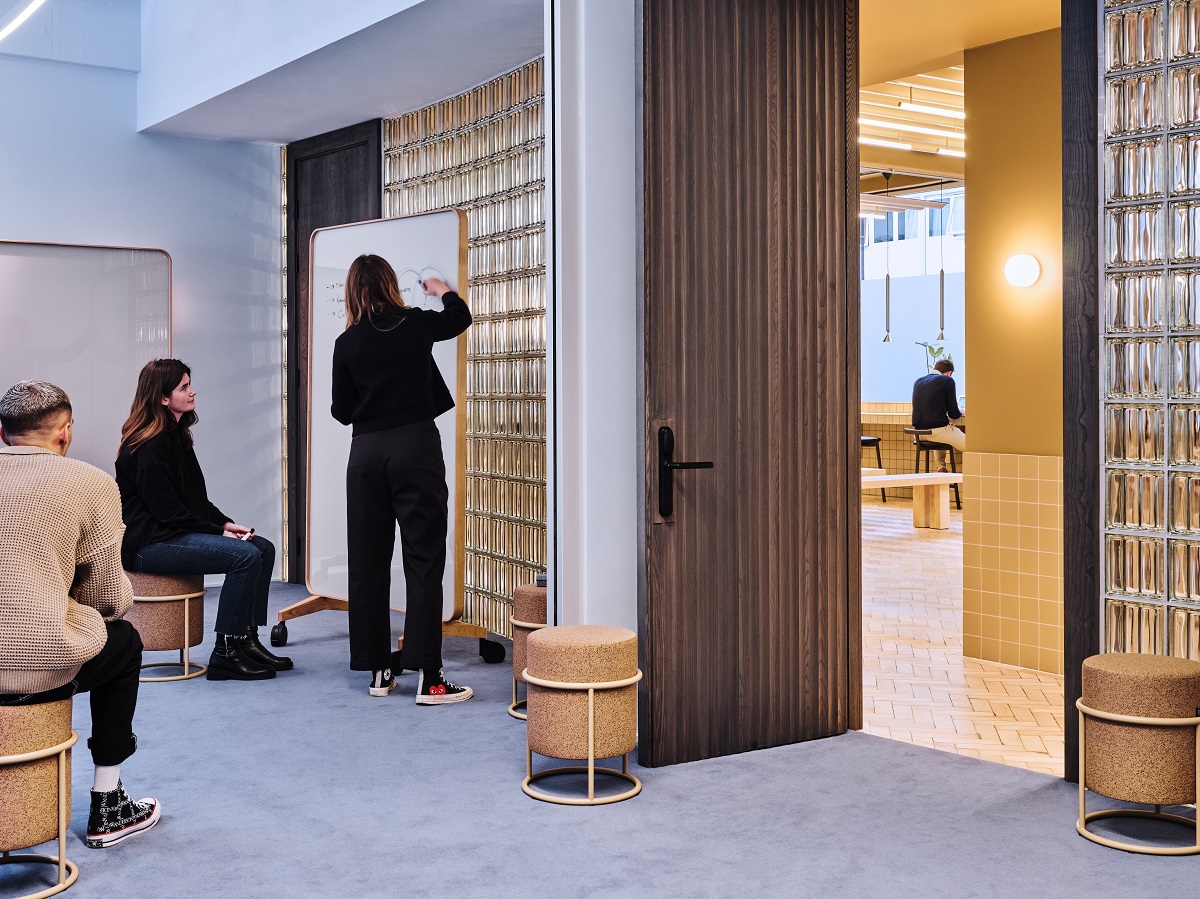
Designing for Connection: Combating the Loneliness Epidemic
As companies continue adapting to hybrid and remote work models, designing physical spaces that foster connection has become essential. Workplace connection goes beyond the typical water-cooler chats—it’s about building an environment where employees feel engaged, supported, and part of a cohesive team.
Gensler’s 2023 Workplace Survey highlights that employees who feel connected to their teams tend to perform at higher levels, reinforcing a shared sense of purpose. This connection also promotes mental well-being and job satisfaction, crucial for talent retention in today’s competitive landscape.
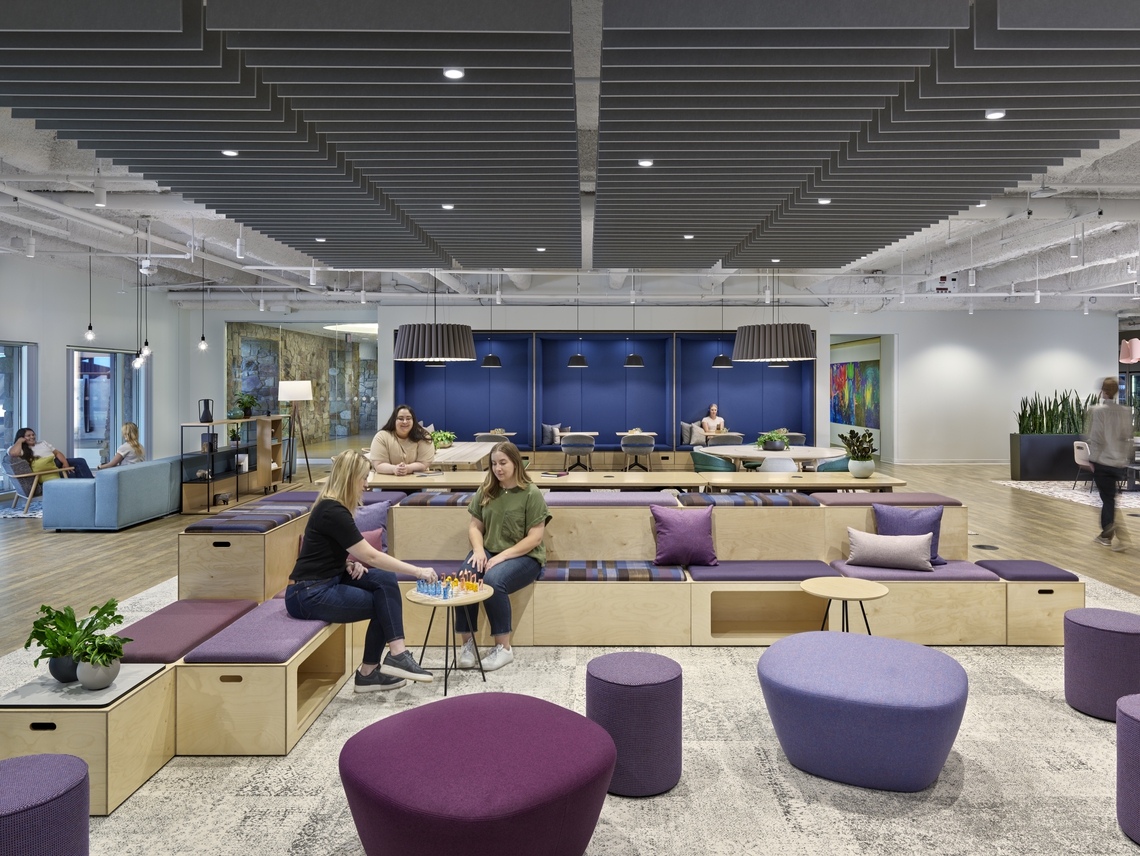
This is increasingly vital as the “epidemic” of loneliness—worsened since the pandemic—affects the workplace, with one in five employees experiencing it daily, according to Gallup’s global workplace report.
The challenge is especially pronounced in hybrid setups, where team members may not be in the office at the same time, making socialization efforts even more crucial. For workspace design to have a lasting impact, it must creatively support and nurture these connections.
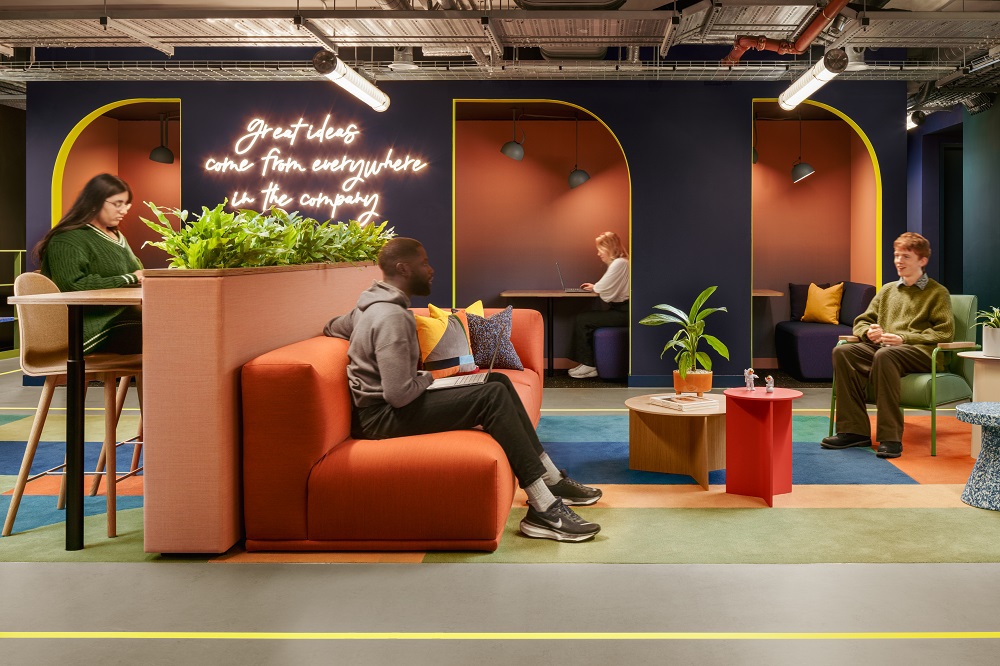
Intentional, Flexible, Human-centered Design
Now, more than ever, office spaces should be designed with intention. Gone are the days of rigid cubicles and closed-off offices. In their place are open, flexible spaces that encourage spontaneous interaction and collaboration. By integrating shared work zones, lounge areas, and collaborative pods, companies can create opportunities for employees to interact naturally, fostering a sense of community and autonomy.
Intentional office design breaks the mold, which means it can disrupt typical layouts that often hinder socialization and discourage movement. Design choices, such as meeting rooms in central ‘island’ locations or multi-functional staircases, promote interaction and break predictable patterns, allowing for more chance encounters throughout the working day.
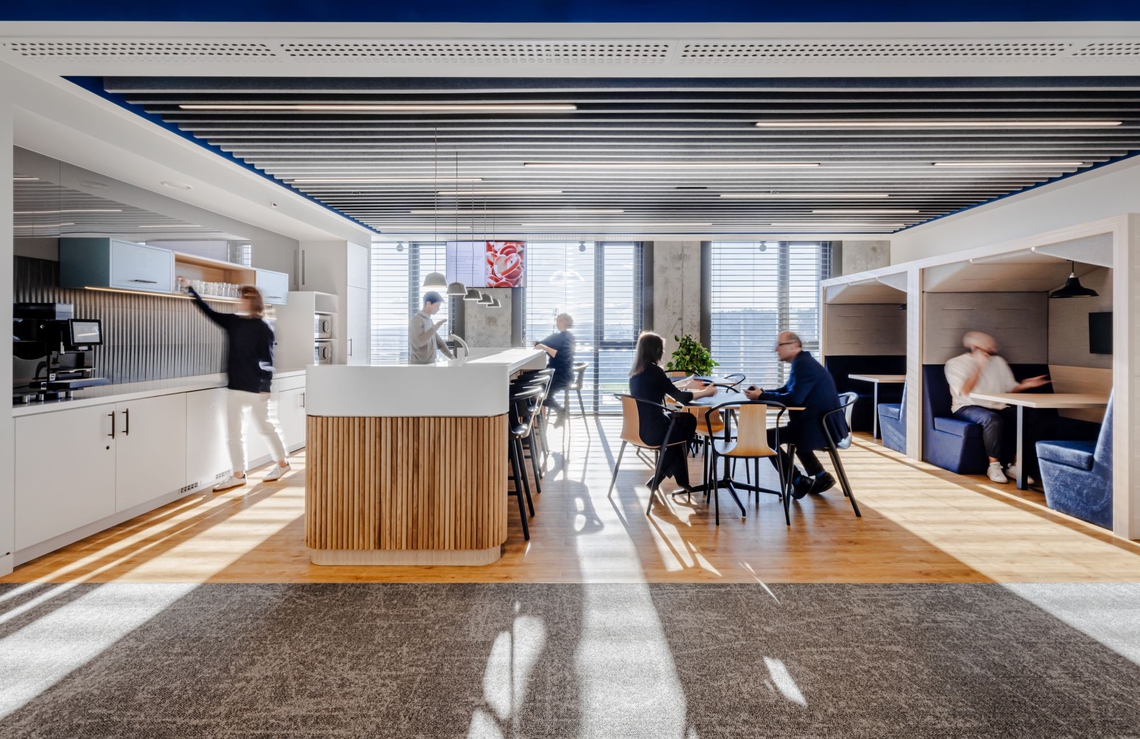
Employees value design choice, and the ability to move between different work environments throughout the day helps to build stronger connections. Social breakout zones, informal meeting spaces, and areas designed for both focused work and collaborative efforts are essential in reducing feelings of loneliness, particularly in hybrid work settings.
The Importance of Shared and "Third" Spaces
The concept of a "third place"—distinct from home (first place) and the traditional office (second place)—has become an increasingly popular solution for fostering connection in workplaces. These spaces, designed to be multipurpose and neutral, provide employees with comfortable areas for meeting, relaxing, and engaging with each other outside of structured work settings. Zones like lounges, collaborative pods, and shared workstations create environments that encourage spontaneous interactions, improving communication and strengthening community ties.
Incorporating third spaces—such as cafés, break rooms, and outdoor terraces—has proven to be an effective way to anchor community within the workplace. Acting as a comforting neutral ground, these spaces support collaborative engagement and bridge communication gaps that can often arise in hierarchical structures. Not only do third spaces encourage positive social interactions, but they are especially valuable in hybrid work models, where employees may not cross paths regularly.
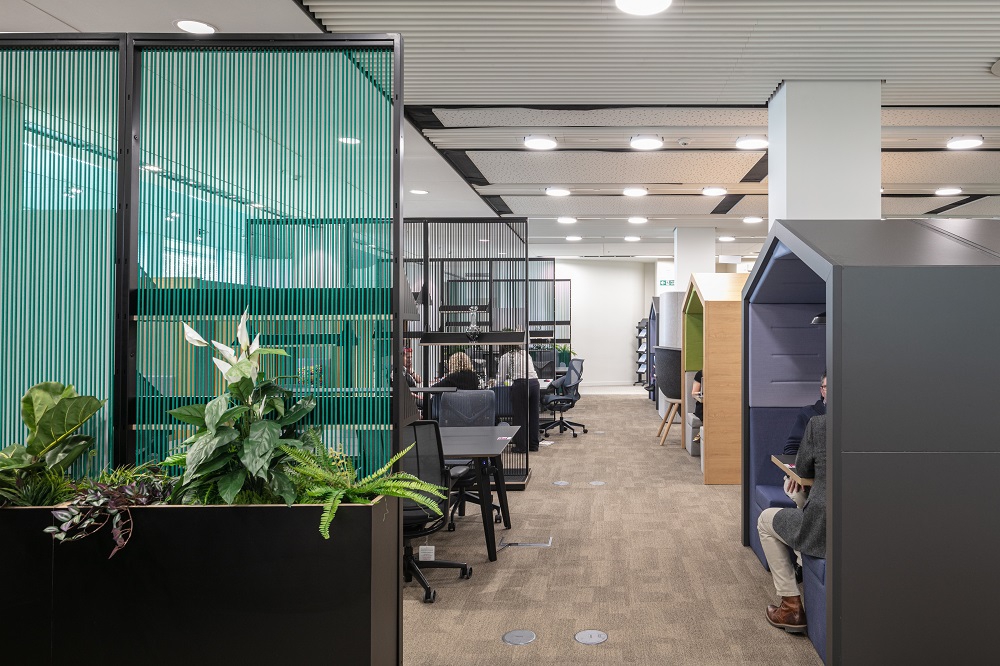
Technology as a Connector
In a world where virtual meetings have become the norm, office design must integrate technology seamlessly to keep teams connected. Video conferencing rooms equipped with cutting-edge tools and collaborative software ensure that remote and in-office employees can interact effortlessly. As Gensler notes, this hybrid approach strengthens connection by bridging the gap between physical and virtual spaces, making it easier for teams to work together regardless of location.

Biophilic Design and Well-Being
Integrating biophilic design elements—such as natural lighting, greenery, and outdoor spaces—can also enhance connection in the workplace. Studies have shown that these elements promote well-being, which naturally fosters stronger social connections. When employees feel more comfortable and engaged in their environment, they are more likely to interact with one another, reducing feelings of isolation, particularly in hybrid settings. This alignment with human-centric principles, such as accessibility, safety, and comfort, boosts engagement and collaboration.
Furniture plays a significant role here as well. Ergonomic furniture that prioritizes comfort and productivity can extend engagement, enabling employees to collaborate more effectively. Products like adjustable desks, mobile seating, and standing workstations create a flow within the office, facilitating movement and interaction across teams.
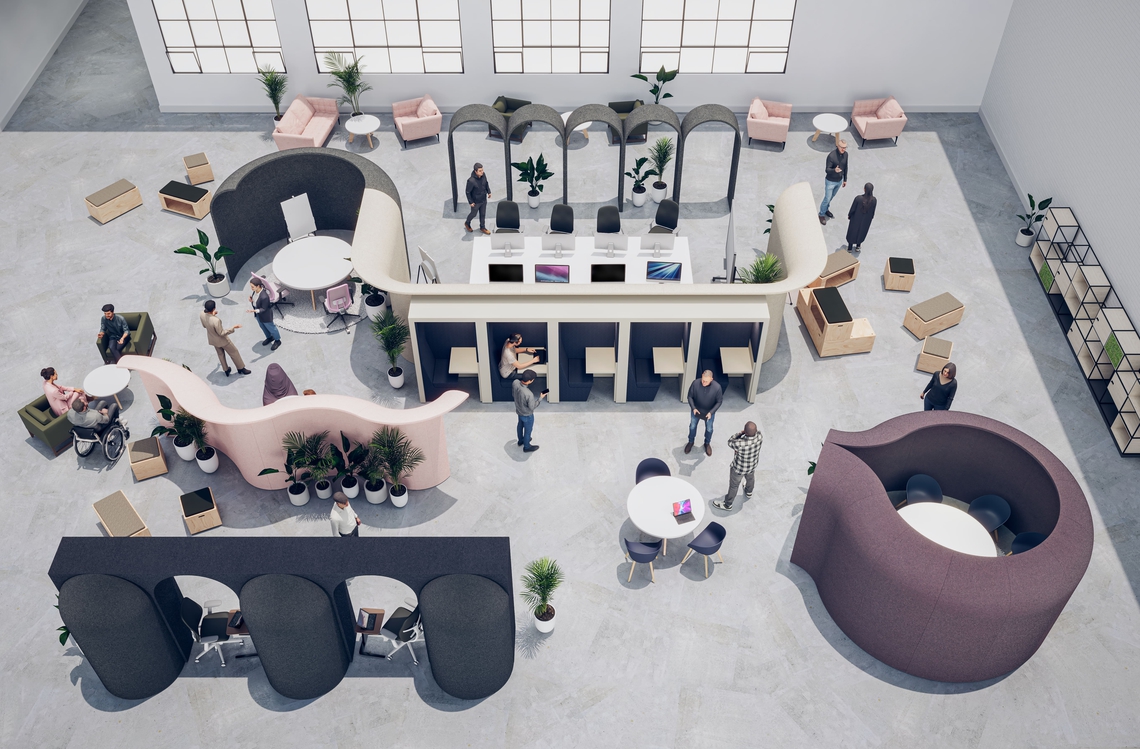
Extending Connection Beyond the Office
An emerging trend is the use of office spaces for community engagement. Companies are beginning to blur the lines between work and the surrounding community by opening their spaces for after-hours use, volunteering, and local events. This initiative strengthens ties to the community while reducing isolation and fostering collaboration beyond the workplace itself.
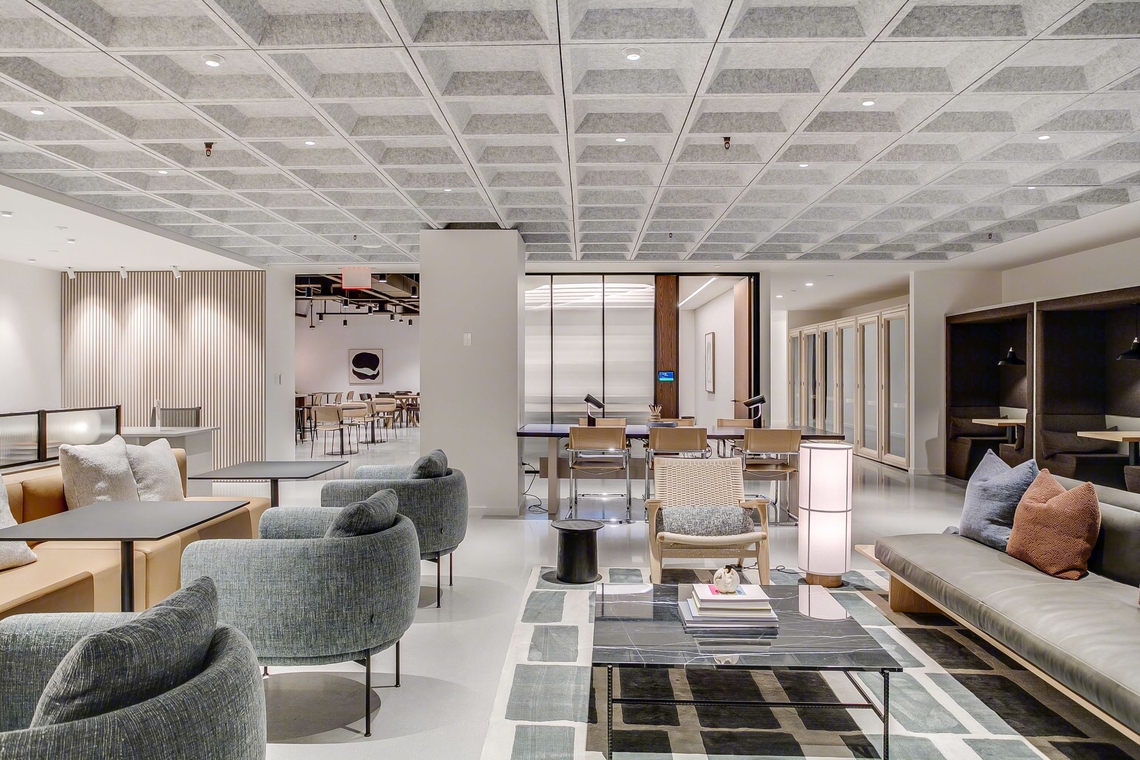
The modern office isn’t just a place to work—it’s a place to connect. By designing spaces that foster interaction, encourage flexibility, and integrate technology, companies can create environments that nurture collaboration and community. Workspace design has a profound impact on employee connection, and with the right approach, businesses can ensure their teams are not only productive but also happy, fulfilled and united in their goals.
Need some help with your workspace design? We’d love to help. Get in touch with us here for a no obligation discussion of your design goals.
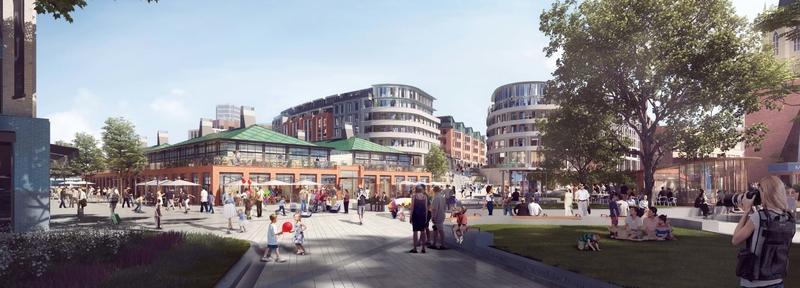

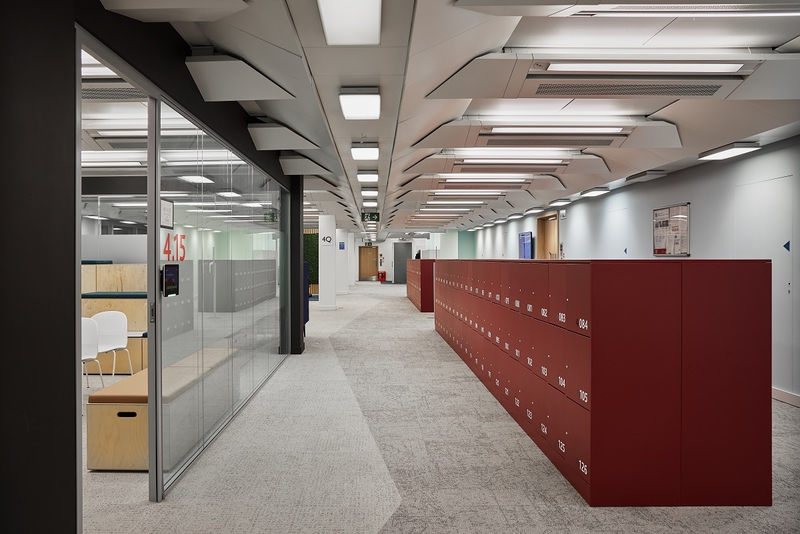




TLT Eden was thoughtfully crafted with people at the forefront, blending innovative design with a clear commitment to s…
PROFESSIONAL SERVICES

Global pharmaceutical leader, showcases its commitment to innovation and sustainability with the recent People Hub refu…
SCIENCES

Supporting hybrid working preferences, enhancing the workplace experience through hospitality centred principles and op…
PROFESSIONAL SERVICES